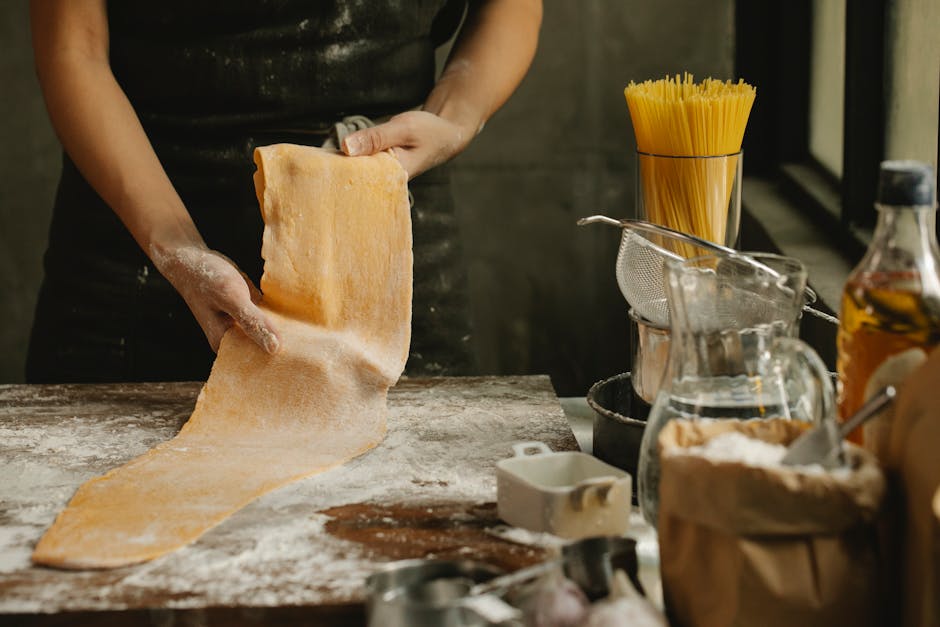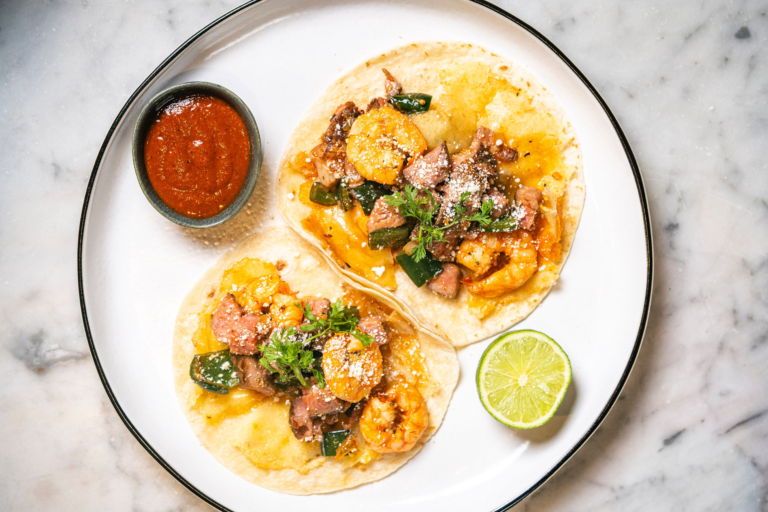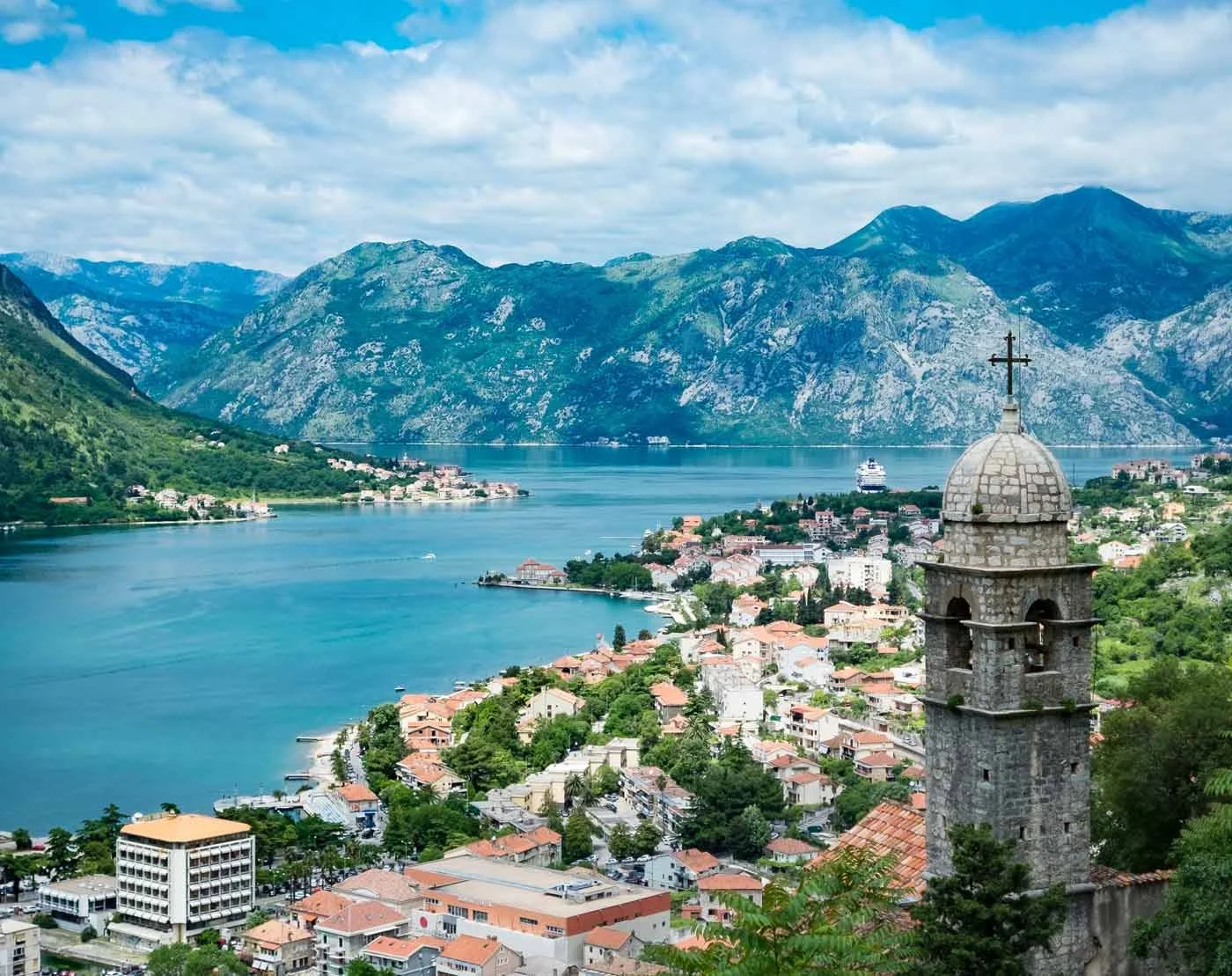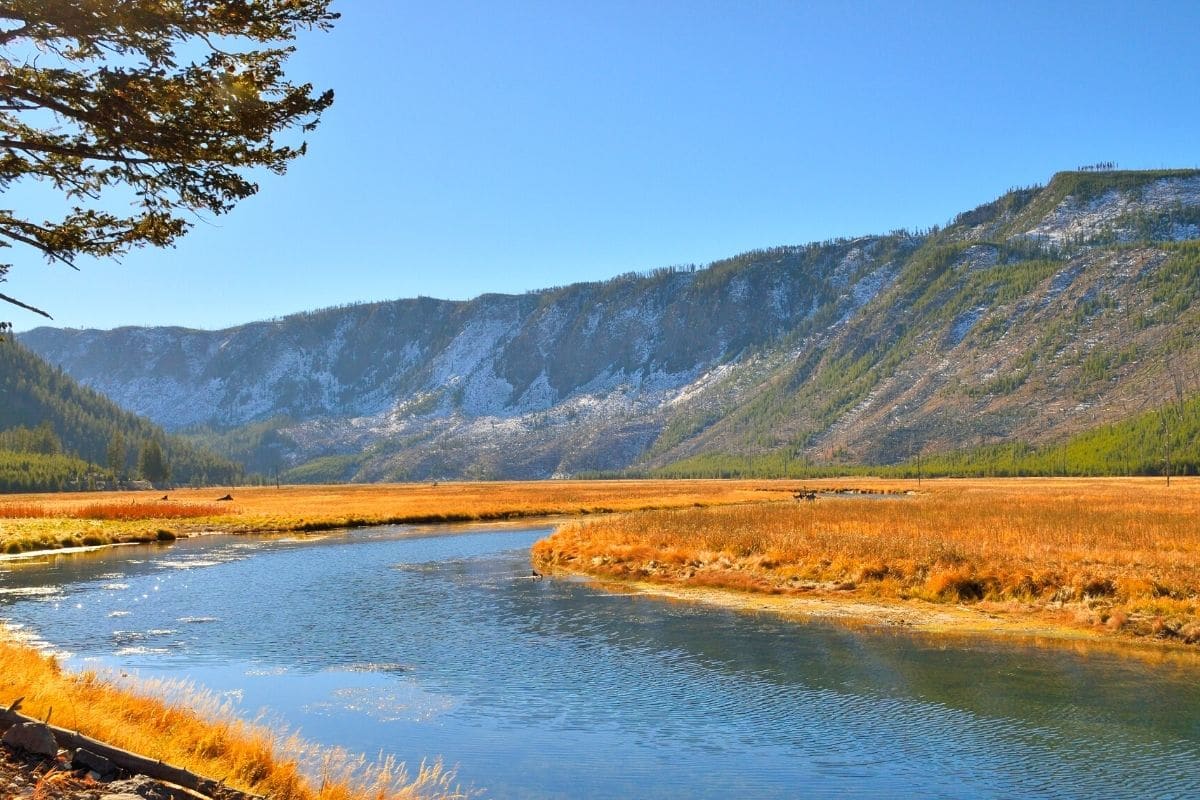Savoring the World’s Flavors: A Culinary Journey
Best culinary experiences are about far more than just delicious meals – they’re immersive trips that connect travelers with local cultures through the universal language of food.
For those seeking a quick answer about where to find exceptional food experiences, here are the top culinary trips around the globe:
| Experience Type | Top Destinations | What Makes It Special |
|---|---|---|
| Michelin-Star Dining | Tokyo (200+ stars), Paris, Chicago | Expert technique, theatrical presentation, peak ingredients |
| Street Food Markets | Singapore hawker centers, Mexico City, Bangkok | Authentic flavors, cultural immersion, affordability |
| Cooking Classes | Tuscany (Italy), Lisbon (Portugal), Palermo (Sicily) | Hands-on learning, cultural context, recipe souvenirs |
| Unique Settings | Underwater dining (Maldives), Cave restaurants (Italy), Palace dining (Versailles) | Memorable atmosphere enhancing flavor experience |
| Farm-to-Table | Asheville NC, Mount Vesuvius (Italy), Barcelona | Ultra-fresh ingredients, sustainability, connection to land |
The best culinary experiences transform ordinary travel into extraordinary memories. As one traveler noted after a cooking class in Palermo: “This was not simply a Sicilian cooking lesson in an extraordinary location.” These experiences become the highlights that travelers remember long after returning home.
What makes a truly exceptional food experience? It’s rarely just about the food itself. The most memorable culinary trips combine several key elements:
- Authenticity – Experiencing dishes in their proper cultural context
- Connection – Learning from and sharing with locals
- Sense of place – Ingredients and techniques unique to a specific region
- Immersion – Hands-on participation rather than passive consumption
- Stories – Understanding the history and cultural significance behind dishes
The global culinary tourism market is booming, projected to reach $1.8 trillion by 2027. This growth reflects how central food has become to the travel experience, with more travelers planning entire itineraries around memorable meals and cooking classes.

Best Culinary Experiences #1: Michelin-Star Icons & Chef’s Tables
When it comes to the absolute pinnacle of best culinary experiences, few can rival the magic that happens inside a Michelin-starred restaurant. These aren’t just places to eat – they’re theaters where every bite tells a story, every plate is a canvas, and every moment is choreographed to perfection.
Tokyo reigns supreme as the world’s fine dining capital, with an astonishing 200+ Michelin stars sprinkled across the city. Here, you might find yourself at a six-seat counter where a sushi master has spent 50 years perfecting a single technique. As one food writer described their Tokyo omakase experience: “You read that right – 32-courses… of sushi!” Each piece arrives with precisely warmed rice, the temperature adjusted to complement the specific fish being served.
Paris, where the Michelin Guide was born, continues its culinary legacy with restaurants that have defined excellence for generations. Meanwhile, in Chicago, innovative spots like Alinea turn dining into multisensory art with edible helium balloons and dishes that transform before your eyes.

Why Michelin Stars Top the Best Culinary Experiences List
What makes these restaurants worth the splurge? It’s the relentless pursuit of perfection that you can taste in every bite. Thomas Keller’s The French Laundry and Per Se have maintained three Michelin stars annually since 2006 – a feat that requires extraordinary dedication and consistency.
These gastronomic benchmarks aren’t awarded lightly. They represent exceptional ingredient sourcing, where chefs might work with farmers for years to develop the perfect tomato. They showcase technical mastery honed through decades of practice. The innovative presentations delight all senses, while impeccable service makes you feel like royalty.
In Tokyo’s competitive dining scene, this excellence creates what experts call “a superior supply chain and discerning customer base” – essentially raising standards for everyone and creating a virtuous cycle of culinary brilliance that benefits diners.
Want to find more remarkable dining spots? Check out our guide to Unique Dining Spots around the world.
Chef’s Table Etiquette for the Best Culinary Experiences
Scoring a seat at a chef’s table – where you’re positioned within or adjacent to the kitchen – offers a rare glimpse into the inner workings of culinary genius. But these coveted experiences come with their own set of expectations.
Plan to book months (sometimes 3-12 months) in advance, especially for three-star establishments. Many require non-refundable deposits or even full payment when booking. Dress codes vary from smart casual to formal, so do your homework before packing.
Punctuality isn’t just polite – it’s essential. These kitchens operate with military precision, and your tardiness can disrupt carefully orchestrated culinary choreography. When you’re there, engage respectfully with the chefs. These rare interactions can become the highlight of your experience.
As one food enthusiast beautifully put it: “Standing inches from Thomas Keller as he served tuna cornets with a personal apology for the line was one of the best moments in my life, if not the best to date.”
The chef’s table is where food becomes storytelling, where you can witness the passion and precision that transforms ingredients into art. It’s where a meal becomes one of the best culinary experiences you’ll ever have – one you’ll be describing to friends for years to come.
Street Food Safaris & Night-Market Bites
While Michelin stars might capture one kind of culinary excellence, some of the world’s best culinary experiences happen right on the street, where local flavors and traditions come alive without any pretense or formality.
Singapore’s hawker centers represent this perfectly. UNESCO recognized this vibrant food culture as Intangible Cultural Heritage, and for good reason. With over 110 centers housing thousands of stalls, these open-air venues serve everything from perfect Hainanese chicken rice to rich, complex laksa – all at prices that make daily visits possible for locals and travelers alike.
“The longest line at a Singapore hawker center often leads to the best stall,” a local food expert once told me. It’s simple wisdom that holds true across street food scenes worldwide. Platforms like Open Rice have made finding these beloved vendors easier, but nothing beats following a queue of hungry locals.

Mexico City offers another dimension of street food paradise. Wandering through neighborhoods like Roma and Condesa reveals the incredible diversity of Mexican cuisine – from regional tacos al pastor with their Middle Eastern influences to fresh seafood tostadas. Meanwhile, Bangkok’s streets transform each evening into a sensory wonderland where boat noodles, mango sticky rice, and countless other specialties await those willing to venture beyond tourist zones.
Finding Authentic Stalls & Dodging Tourist Traps
The hunt for authentic street food requires a different approach than restaurant dining. Local crowds almost always signal quality – busy stalls with quick turnover ensure both freshness and authentic flavor. Look for single-specialty vendors who’ve spent years perfecting just one dish rather than trying to please everyone.
You can learn a lot by simply watching food preparation. Clean hands, proper food handling, and fresh ingredients on display are good signs anywhere in the world. Be wary of stalls with English-only menus and photos aimed exclusively at tourists – they often come with inflated prices and diluted flavors.
As one seasoned traveler shared: “In Singapore, the open-air waterfront hawker centers offer both atmosphere and variety. I found myself returning to the same char kway teow stall three days straight – watching the vendor’s wok skills was half the experience.”
Timing matters too. Many of the best street food vendors operate during specific windows – early morning for congee and noodle soups in Bangkok, late evening for tacos in Mexico City, or lunchtime for Penang’s famous assam laksa. Follow these rhythms for the freshest experience.
The Cultural Power of Street Food
Street food represents far more than convenient, affordable dining – it embodies cultural identity and heritage. In many communities, these vendors preserve cooking techniques that might otherwise vanish in our world.
The daily rituals around street food provide genuine windows into local life. Morning congee in Bangkok, midday empanadas in Buenos Aires, or evening tacos in Mexico City – these patterns reveal how communities structure their days and social interactions around food.
For countless families, these food stalls serve as essential economic lifelines, with recipes and techniques passed through generations. When you order from a street vendor, you’re often supporting a family business with decades of history behind each dish.
“Street food is greasy, messy and oh-so-amazingly delicious,” as one food writer perfectly captured it. These authentic experiences create the most lasting food memories precisely because they’re unpolished and real. There’s something magical about standing shoulder-to-shoulder with locals, napkins in hand, savoring dishes that have been perfected over generations.
For more global street food inspiration, check out our Street Food Diaries – a bite-by-bite journey around the world’s most delicious corners.
Hands-On Cooking with Locals & Market Tours
Nothing connects you to a culture quite like getting your hands dirty in the kitchen. Among all the best culinary experiences you can have while traveling, cooking classes with locals might just create your most treasured memories – changing you from a passive eater to an active creator of authentic dishes.
Picture yourself in a rustic Tuscan farmhouse, morning light streaming through the windows as you collect still-warm eggs from the henhouse. Later, you’ll use those very eggs to make fresh pasta under the watchful eye of a nonna who’s been rolling dough for six decades. As one delighted traveler shared: “A week in Tuscany learning to age balsamic vinegar in a farmhouse attic” became the unexpected highlight of their Italian journey.
In vibrant Delhi, you might find yourself elbow-deep in spices, learning the delicate balance of flavors needed for the perfect thali – that colorful array of small dishes that tells the story of Indian cuisine in a single meal. The aromas alone become part of your travel memories.

In Palermo, Sicily, the “Cooking with the Duchess” experience lifts the cooking class to theatrical heights. Held in a historic palazzo, participants begin by foraging herbs from the garden before shopping at the chaotic Il Capo market. Back in the duchess’s kitchen, you’ll learn traditional Sicilian techniques using tools like the curved mezzaluna knife. One guest enthusiastically reported, “Your mezzaluna changed my life… in a good way!”
Meanwhile, in Buenos Aires, empanada-making workshops reveal the subtle regional differences in folding techniques – each crimp and fold telling you whether the pastry hails from Salta, Tucumán, or Mendoza. These aren’t just cooking lessons; they’re edible geography classes.
For more immersive food trips, explore our guide to Experiential Dining Destinations.
Bringing Global Flavors Back Home
The true magic of cooking classes lies in what travels home with you – not souvenirs that collect dust, but skills that transform your everyday cooking.
Those recipes scribbled on napkins often become your most treasured mementos. One traveler described how “a simple tomato sauce recipe from a grandmother in Naples” became their signature dish for family gatherings back home. Another mentioned how “learning the proper way to bloom spices” revolutionized their home cooking.
Many classes now offer spice kits or specialty ingredients to take home, helping you recreate authentic flavors. Smart travelers keep detailed notebook sketches of techniques that can’t be captured in written instructions – the exact angle for slicing fish, or the precise motion for folding dumpling wrappers.
Perhaps most valuable are the memories of communal tables, where strangers become friends over shared meals. As one cooking class participant reflected: “True homecooked food is hard to beat,” capturing how these kitchen experiences often create the most meaningful connections of a trip.
MAKE TRAVEL MATTER® Benefits
When you join a cooking class aligned with the MAKE TRAVEL MATTER® initiative, your vacation dollars create ripples of positive impact in local communities.
These experiences support skill transfer between generations, preserving culinary traditions that might otherwise fade away. For many cooking instructors, especially women in developing regions, these classes provide vital income that supports entire families.
Many cooking experiences explicitly align with specific UN Sustainable Development Goals – whether through food waste reduction, support for small-scale farmers, or gender equality initiatives in culinary fields traditionally dominated by men.
The exchange goes both ways – hosts gain economic opportunities while travelers gain cultural insights impossible to find in restaurants. As one cooking instructor in Thailand explained: “When visitors come to my home and we cook together, they leave understanding my country in a way no tourist attraction could show them.”
After all, what could be more meaningful than breaking bread with new friends and carrying their recipes – and a piece of their culture – back to your own kitchen?
Bucket-List Settings: Dining Underwater, in Caves & Beyond
Some best culinary experiences earn their status not just through exceptional food, but through jaw-dropping settings that transform a meal into an unforgettable trip. These spectacular venues blend world-class cuisine with surroundings so extraordinary they deserve a spot on any food lover’s bucket list.
Imagine savoring perfectly prepared seafood while colorful fish swim just inches from your table at the Maldives’ 5.8 Undersea Restaurant. Named for its depth at 5.8 meters below sea level, this magical dining room features the world’s largest all-glass underwater enclosure. As you enjoy your seven-course tasting menu, reef sharks and graceful manta rays glide silently overhead, creating a dining backdrop unlike any other on earth.
In southern Italy, the historic Grotta Palazzese restaurant occupies a natural limestone cave perched dramatically above the azure Adriatic Sea. This stunning venue has actually hosted special meals since the 1700s, when local nobility would gather for summer banquets in the naturally air-conditioned cavern. Today, as the setting sun casts a golden glow across the water, diners savor regional Pugliese specialties while waves crash against the rocks below.

History buffs might dream of dining like royalty at Versailles, where exclusive after-hours experiences recreate the grandeur of Louis XIV’s famous feasts. These rare opportunities, available only through specialized luxury travel providers, allow small groups to enjoy contemporary interpretations of historical royal menus while surrounded by the palace’s breathtaking opulence – without the daytime crowds.
For those seeking wilder culinary trips, Alaska’s remote foraging lodges offer the chance to harvest and prepare ingredients in pristine wilderness settings. Picture yourself gathering wild mushrooms in the morning, catching salmon by midday, and enjoying a chef-prepared feast around a crackling fire as the northern lights dance overhead.
Over-the-Top Yet Taste-First
While these spectacular settings might seem like mere gimmicks, the most memorable venue-based experiences never sacrifice culinary excellence for novelty. The truly exceptional ones maintain food as their foundation:
Ingredient integrity remains paramount, with chefs overcoming often significant logistical challenges to source exceptional local products. At the underwater Maldives restaurant, seafood is harvested sustainably from nearby waters, while Grotta Palazzese celebrates Puglia’s renowned olive oils and fresh-caught fish.
Technical precision doesn’t falter even in unconventional kitchens. As one luxury travel writer noted, “These meals would make even Thomas Keller clear his calendar,” acknowledging how bucket-list dining venues attract even the most discerning culinary travelers.
Thoughtful pairing ensures menus complement their unique environments. The best experiences create a harmony between setting and cuisine – like Versailles’ modern interpretations of historical royal recipes, or cave restaurants featuring dishes that highlight ingredients native to the surrounding region.
Sustainability focus has become increasingly important, with venues implementing responsible practices that respect their natural or historical settings. Many now highlight conservation efforts in their messaging, recognizing their role as stewards of exceptional locations.
Planning & Booking Tips
Securing reservations at these exclusive venues requires strategy and patience. Most accept bookings 6-12 months in advance, with the most coveted experiences filling up almost immediately upon release.
Consider visiting during shoulder seasons when tourist numbers dip but the experience remains exceptional. Hotel concierges often maintain special relationships with exclusive venues, potentially helping guests steer lengthy waitlists. Even when fully booked, last-minute cancellations happen – so joining a waitlist could pay off for flexible travelers.
Before booking, research thoroughly to understand practical details like dress codes (often formal), photography policies (sometimes restricted), and transportation logistics (which can be complex for remote locations). And budget accordingly – these experiences command premium prices, often starting at several hundred dollars per person.
“Dinner has never been so fresh (or fun),” as one traveler put it after dining underwater, perfectly capturing why these extraordinary settings create multi-sensory memories worth every penny. For more inspiration, check out 19 food experiences to try around the world that combine exceptional cuisine with unforgettable settings.
Sustainable Farm-to-Table & Community Tables
The farm-to-table movement has evolved from a trendy dining concept into one of the most meaningful best culinary experiences available to food-loving travelers. These authentic encounters connect diners directly with food sources and the people who grow them, creating a deeper appreciation for locality, seasonality, and sustainable agriculture.
Asheville, North Carolina – affectionately dubbed “Foodtopia” by food journalists – stands as a shining example of this philosophy in action. This mountain town boasts an impressive concentration of restaurants, breweries, and culinary tours that celebrate Appalachian ingredients and traditions. Walking food tours through downtown Asheville reveal how talented local chefs transform humble regional ingredients into sophisticated yet deeply rooted cuisine that tells the story of this unique region.

On the fertile slopes of Italy’s Mount Vesuvius, family-run farms continue centuries-old traditions cultivating the prized Piennolo tomato. These small, flavored tomatoes thrive in the volcanic soil using low-impact farming methods that preserve the mountain’s unique biodiversity. Visitors can enjoy leisurely farm-to-table lunches featuring these remarkable tomatoes while learning about traditional cultivation techniques passed down through generations. The experience connects people not just to food, but to place and history in a way that conventional dining can’t match.
In Page, Arizona, Navajo taco experiences offer something entirely different but equally meaningful. These community gatherings combine traditional foods with powwow dancing, providing cultural context alongside delicious culinary findies. Beyond just a meal, these gatherings offer direct economic support to indigenous communities while helping preserve important culinary heritage that might otherwise fade away.
Why Local Sourcing Lifts Flavor
The farm-to-table approach isn’t just environmentally responsible – it consistently delivers superior taste experiences that make these meals truly memorable. When ingredients travel just miles instead of continents, everything changes.
Peak freshness transforms ordinary ingredients into extraordinary ones. When fruits and vegetables are harvested at optimal ripeness rather than picked early for shipping durability, their natural flavors reach full expression. The terroir – that special combination of soil composition, climate, and growing conditions unique to each region – comes through clearly in locally sourced ingredients, creating distinctive flavor profiles impossible to replicate elsewhere.
“For foodies, Chettinad is a paradise,” notes one traveler describing a farm-connected dining experience in India. This sentiment captures how regional cooking traditions truly flourish when built on a foundation of local ingredients harvested and prepared with knowledge accumulated over generations.
Seasonal alignment with natural growing cycles means menus showcase ingredients exactly when they taste best. This approach supports the preservation of heirloom and heritage varieties that might otherwise disappear in favor of mass-produced alternatives bred for shelf-life rather than flavor. The dramatically reduced transit time from harvest to plate preserves both flavor compounds and nutrients that degrade quickly after picking.
Responsible Travel & the Planet
Beyond the immediate pleasure of exceptional flavors, farm-to-table experiences support broader sustainability goals that make them especially meaningful for environmentally conscious travelers.
Carbon footprint reduction happens naturally when ingredients don’t need to be shipped across countries or continents. Supporting farms that maintain crop diversity and heritage animal breeds helps protect agricultural biodiversity facing pressure from industrial farming. Many farm-to-table operations also emphasize water conservation through responsible irrigation and management practices essential for future food security.
These experiences create community resilience by providing economic opportunities that preserve agricultural traditions and rural livelihoods. “What you’re eating isn’t just delicious – it’s keeping families on their land and traditional knowledge alive,” explains one farm-to-table advocate in Barcelona, where zero-kilometer menus have revitalized small-scale farming in the surrounding countryside.
Waste reduction practices like utilizing whole animals, composting kitchen scraps, and minimizing packaging align with what experts call “a circular economy” approach to food tourism. These practices demonstrate how environmental responsibility can improve rather than detract from the dining experience, creating meaningful memories that last long after the meal ends.
Looking to plan your own farm-to-table trip? Explore our comprehensive guide to Farm-to-Table Dining Experiences for insider tips on finding the most authentic and impactful options worldwide.
Emerging Culinary Frontiers & Future Trends
The world of best culinary experiences is constantly evolving, with previously overlooked destinations stepping into the spotlight and innovative approaches to food tourism capturing travelers’ imaginations. These emerging frontiers represent where culinary triprs should set their sights next.
Off the coast of Tanzania, Zanzibar’s iconic Rock Restaurant sits perched on a natural stone formation that becomes completely surrounded by water during high tide. Diners must arrive by boat when the tide is in, adding a sense of trip before they even taste the first bite. The dramatic setting perfectly complements the vibrant Swahili coastal cuisine, where the day’s fresh catch meets African and Middle Eastern spices in dishes that tell the story of the island’s rich trading history.
In Tbilisi, Georgia, an exciting wine renaissance is breathing new life into 8,000-year-old winemaking traditions. Visitors can find natural wines fermented in clay qvevri vessels buried underground – a method so unique and historically significant it’s protected by UNESCO. The full Georgian experience comes alive during traditional supra feasts, where generous hosts serve these distinctive amber wines alongside regional specialties like cheese-filled khachapuri bread and savory khinkali dumplings.

Plant-based cuisine has evolved far beyond simple vegetables on a plate, with vegan fine dining now claiming its rightful place at Michelin-starred tables worldwide. These sophisticated tasting menus showcase what’s possible when creative chefs approach plants with the same reverence traditionally reserved for animal proteins. What’s particularly interesting is how these experiences appeal not just to committed vegans but to curious omnivores seeking innovative, sustainable dining trips that challenge their preconceptions about plant-based food. Learn more about this growing movement in our guide to Plant-Based Fine Dining.
What’s Next for Global Foodies?
The culinary world never stands still, and several fascinating trends are reshaping how we experience food when we travel.
Foraging experiences have moved from niche to mainstream, with travelers happily donning rubber boots to collect wild herbs, mushrooms, and berries alongside expert guides. As one participant put it after a forest-to-table experience in Finland: “A little hard work never tasted so good.” There’s something deeply satisfying about eating a meal featuring ingredients you helped gather hours earlier.
Regenerative agriculture tours offer food lovers a chance to visit farms practicing carbon-sequestering techniques that actually improve soil health. These experiences connect diners directly with the future of sustainable food production while delivering exceptionally flavorful meals.
Technology is also changing how we find great food, with AI-powered recommendation engines helping travelers find hidden gems based on their personal preferences rather than just following the crowds. Meanwhile, augmented reality menus are enhancing physical dining experiences with digital storytelling that reveals the history and production methods behind each dish.
The revival of ancestral cooking techniques like earth ovens, smoking, and traditional fermentation is creating some of today’s most exciting restaurant experiences. These ancient methods connect us with culinary heritage while often producing flavors impossible to achieve with modern equipment.
For the digitally inclined, culinary NFTs are emerging as a way to access exclusive dining experiences and special chef interactions, creating new ways for food enthusiasts to collect memorable experiences rather than just physical souvenirs.
New Destinations to Watch
While established culinary capitals like Tokyo and Paris will always draw food lovers, several regions are positioning themselves as the next must-visit destinations for serious food travelers.
Cyprus recently earned recognition as Europe’s first Culinary Capital, showcasing Mediterranean traditions with distinctive local influences. The island’s position at the crossroads of Europe, Africa and Asia has created a fascinating culinary melting pot worth exploring.
In South America, Puerto Natales, Chile is emerging as a surprising Patagonian culinary hub. Here, innovative chefs work directly with local producers to transform the region’s exceptional ingredients – from king crab to wild guanaco – into sophisticated dishes that honor the dramatic landscape.
Cambodia’s Khmer cuisine, one of the world’s oldest living food traditions, is finally gaining the international recognition it deserves. Beyond the familiar pad thai and Vietnamese pho, travelers are finding Cambodia’s complex flavor profiles built on fermented fish paste, fresh herbs, and ancient cooking techniques.
Beyond Singapore’s famous hawker centers, Malaysia’s street food scenes in Penang and Kuala Lumpur offer equally diverse and delicious experiences at a fraction of the cost. Food lovers can sample everything from perfectly charred char kway teow noodles to rich laksa soups while moving from stall to stall.
In Northern Europe, Finland’s wilderness experiences offer a completely different take on culinary tourism. Imagine brewing coffee over an open fire beside a pristine lake after gathering wild berries and mushrooms from the surrounding forest – a peaceful counterpoint to busy urban food scenes.
As one traveler described their experience at an emerging destination in Africa: “This is contemporary simplicity with a wonderful smattering of African chic – a perfect getaway!” This perfectly captures how the best emerging food destinations blend authenticity with just enough comfort to make them accessible to culinary triprs.
Frequently Asked Questions about Epicurean Trips
How do I choose between fine dining and street food on a short trip?
When you’ve only got a few days to explore a destination’s food scene, striking the right balance can be tricky. Most seasoned food travelers recommend a mixed approach – perhaps one memorable splurge at a renowned restaurant while dedicating the majority of your meals to casual local spots and street food trips.
“To truly understand the culinary essence of a place you have to try a bit of everything,” explains one frequent culinary traveler who visits at least five food destinations annually. This balanced approach gives you a more complete picture of the local food culture from multiple angles.
Here’s a pro tip: schedule your fine dining experience mid-trip rather than on arrival day. Jet lag can dull your senses and appreciation, and you’d be missing out on the full experience you’ve paid for.
Street food often delivers more authentic local flavors at a fraction of the price of upscale restaurants. This budget-friendly approach allows you to sample a wider variety of dishes and interact more directly with locals. Meanwhile, that one special fine dining meal provides context for how traditional techniques and ingredients can be liftd and reimagined.
What are the best ways to avoid food-borne illnesses while exploring markets?
Don’t let fear keep you from enjoying some of the best culinary experiences at local markets and street stalls. With some common-sense precautions, you can safely dive into authentic food scenes worldwide.
First, trust your eyes. Watch for vendors cooking food to order at high temperatures – this is your best safety guarantee. Busy stalls with long lines of locals (not just tourists) typically indicate both quality and freshness due to rapid turnover.
Pay attention to cleanliness signals. Good vendors maintain clear separation between handling money and food, often with one person cooking while another handles transactions. Visiting during peak meal times ensures food hasn’t been sitting out for extended periods.
“Street food in Argentina, Brazil, Uruguay and Chile is generally safe and hygienic, but consult a local expert for guidance,” notes a South American food tour operator. This advice applies to most established food tourism destinations.
If you’re new to street food exploration, start with thoroughly cooked items before venturing into raw preparations like ceviche or tartare. Staying hydrated with bottled water is essential, and it’s always wise to pack basic stomach remedies as a precaution – even experienced food travelers occasionally need them!
Can dietary restrictions be accommodated during these experiences?
The good news is that culinary tourism has evolved significantly to accept dietary diversity. With advance notice, most food experiences today can accommodate common restrictions – though flexibility levels vary by experience type.
Cooking classes often shine in this area, with many schools now offering customized versions of traditional recipes. “We use separate utensils and strict protocols to prevent cross-contamination for dietary restrictions,” explains one Sicilian cooking school owner who regularly hosts guests with various food allergies and preferences.
Fine dining establishments, particularly those with Michelin stars, typically excel at accommodations with adequate advance notice – their staff are trained to handle special requests creatively rather than merely removing ingredients.
Street food presents more challenges but isn’t impossible with research. Many destinations have naturally vegetarian or gluten-free options if you know what to look for. Bangkok’s street markets, for instance, offer numerous vegan-friendly dishes despite Thailand’s fish sauce-heavy cuisine.
Farm-to-table experiences often prove most flexible due to their direct control over ingredients and preparation methods. Many are happy to build experiences around your specific needs when given advance notice.
For travelers with serious allergies or strict requirements, we recommend carrying translation cards explaining your restrictions in the local language, researching destination-specific dishes that naturally meet your needs, and considering private rather than group experiences for maximum customization.
With thoughtful planning, dietary restrictions rarely need to limit your culinary trips – they might even lead you to findies you wouldn’t have made otherwise!
Conclusion
The best culinary experiences around the globe transcend mere sustenance to become profound cultural exchanges. Whether you’re sampling street food in Singapore, learning pasta-making in an Italian farmhouse, or dining underwater in the Maldives, these food-focused trips create the memories that define truly meaningful travel.
As we’ve explored, exceptional culinary experiences combine several key elements: authenticity, connection with locals, a strong sense of place, hands-on participation, and rich storytelling. When these elements align, a simple meal transforms into a life-changing encounter.
The beauty of culinary travel lies in its accessibility – while some experiences come with premium price tags, many of the most authentic food trips require only curiosity and openness. A street food stall can deliver as much cultural insight as a Michelin-starred restaurant when approached with genuine interest.
At The Dining Destination, we believe food is the universal language that bridges cultural divides and creates lasting connections. As one chef instructor in Barcelona observed: “Food is a language everyone speaks – one that starts at the table and leaves its mark long after the plates are cleared.”
We invite you to plan your next journey with flavor as your guide, seeking out experiences that nourish not just your body but your understanding of the world. After all, the memories of where and what we ate often outlast all other travel experiences – these are the stories we share for years to come.
Whether you’re a seasoned culinary traveler or just beginning to explore food-focused journeys, we hope this guide inspires your next delicious trip. The world’s kitchens await – and there’s always room at the table.







